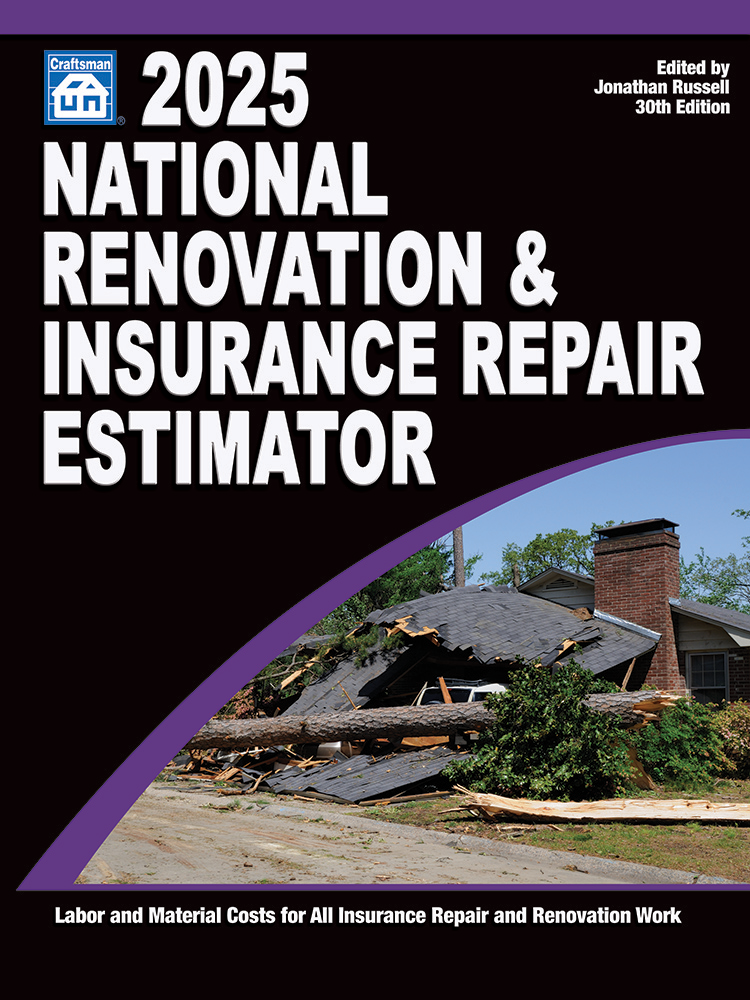An Examination of Property Claims Settlement Process in Ontario
Unpacking the Complexities of Property Claims in Ontario: Best Practices and Lessons for the U.S.

Photo: Sezeryadigar / E+ via Getty Images
Abstract
This paper critically examines the property claims settlement process in Ontario, focusing on the roles of restoration contractors, insurance adjusters and insured parties. It highlights the challenges and issues inherent in the current system, particularly concerning the development of a scope of work and the responsibilities of the insured.
By analyzing these processes, we can identify best practices and potential improvements that can be applied to property claims settlements in the United States. Lessons learned from Ontario's system can enhance transparency, efficiency and equity in the U.S. process, ultimately leading to better outcomes for all parties involved.
Introduction
In Ontario, settling property claims involving building damage requires formulating a scope of work. According to the Insurance Act of Ontario, the insured party must document their loss and present the claim to the adjuster. Most insurance companies establish service level agreements with restoration contractors to assist the insured in developing the scope of work and estimating building repairs as a customer service gesture.
Role of Restoration Contractors
Restoration contractors often serve as the first point of contact for the insured once the claim process begins. During the initial meeting with the project manager, it is clarified to the insured that the restoration contractor works on their behalf, not for the insurance company. The contractor’s role is to stabilize the environment for the insured, prepare a scope of work to restore the insured to the pre-loss position and estimate the cost of the work. These actions emphasize the contractor’s independence as a service provider for the insurance company.
Transition to Repair Process
Upon completing emergency services, the claim transitions into the repair process, which is slower and more deliberate. The most critical component of the repair process is the scope of work. Ideally, the scope of work is created on-site with the adjuster, project manager and insured in attendance. If the insured cannot or does not wish to spend time while the scope is being written, they should still be part of the process and have the project manager walk them through the repairs included in the scope.
Issues with the Current Process
There are two major issues with this process. First, the restoration contractor, working on behalf of the insured, fulfills the insured’s obligations under the insurance act by substantiating their loss. When the project manager submits the repair estimate to the insurance company, they do so in the name of the insured along with the insured’s claim number. Despite this, it is common for adjusters and insurance companies to request the project manager to submit the estimate to their review desk before allowing the insured to review it. This practice raises the question of why the insured is being excluded from the process of documenting their loss for building repairs.
It is easier and quicker to work with a project manager on a claim to agree on the cost of the repairs. Neither the project manager nor the adjuster is personally invested in the repairs and that level of detachment makes it easier to settle on what should and should not be covered. It also puts the responsibility on the project manager to discuss with the insured what will be included in the repairs by the insurance company. This is a win for the adjuster as it is possibly one less difficult conversation the adjuster needs to have. However, the goal of every adjuster is a closed file, as quickly and equitably as possible. By excluding the insured from being part of the process of developing and approving the scope and/or repair, the length of time to close the file will be extended as the insured will not trust the estimate and will feel blindsided by the settlement offer. There is also the common belief that the first offer from an insurance company should never be accepted as it is likely in the lower end of the acceptable range. This belief would be combated if the insured was involved in the entire process of scope and estimate development.
The insured is responsible for documenting their loss and the scope of work is an integral component of this. The project manager should not submit the scope or repair estimate without the agreement of the insured. Many adjusters take the position that an insured should not be privy to the repair estimate until it is approved by the reviewer or adjuster. They believe that the insurer owns the scope and has the right to approve the scope before it is presented to the insured. This is incorrect as the insured is entitled to all information related to their claim, especially documentation that is in their name and includes private information. The insured should also be given the opportunity to provide input on the scope and/or repair estimate before it has been finalized by the insured. No one can argue that an insured will receive all versions of the repair estimate if they put in a privacy request to the insurer’s ombudsperson, so why not just include them upfront in the process?
Conclusion
The examination of the property claims settlement process in Ontario reveals significant challenges and inefficiencies, particularly in the development and approval of the scope of work. The current system often sidelines the insured, despite their critical role in documenting losses. To enhance transparency and efficiency, it is imperative that the insured is actively involved throughout the process, from the initial assessment to the final approval of repair estimates. By guaranteeing that the insured has access to all relevant information and are included in key discussions, the process can become more equitable and streamlined, ultimately leading to better outcomes for all parties involved. By analyzing these processes, we can identify best practices and potential improvements that can be applied to property claims settlements in the United States. Lessons learned from Ontario's system can enhance transparency, efficiency and equity in the U.S. process, ultimately leading to better outcomes for all parties involved. This includes ensuring the insured's involvement, emphasizing contractor independence, addressing transparency and trust issues and streamlining the approval process. Applying these lessons can create a more effective and fair property claims settlement system in the United States.
Looking for a reprint of this article?
From high-res PDFs to custom plaques, order your copy today!








